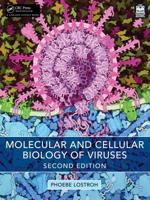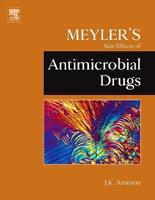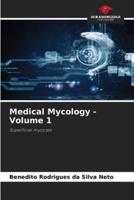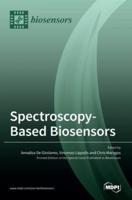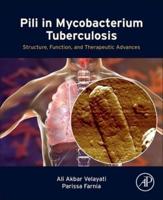Publisher's Synopsis
Lichens are prominent examples of symbiotic organisms, combining fungi and algae and/or cyanobacteria in an intimate biological union. This volume provides an up-to-date account of these fascinating organisms, beginning with anatomical, morphological and physiological aspects. As important components of many terrestrial ecosystems, their ecophysiology is emphasized and their role in carbon and nitrogen fixation, as well as in mineral cycling, is considered. An overview of lichen biogeography and systematics is also provided in the light of modern perspectives in evolution. The chemistry of the unique secondary metabolites produced by lichens is summarized and the contribution of these compounds to the pharmaceutical industry and medicine is reviewed. The use of lichens as indicators of air pollution is the final aspect of these versatile organisms which is featured in this comprehensive and authoritative work.




